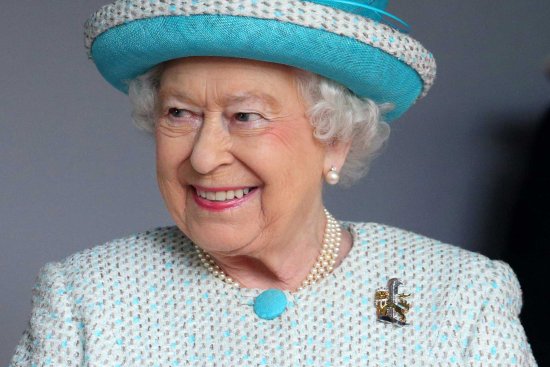
The Queen has a private income, a government grant and revenues from estates
With an estimated personal net worth of $515 million, Queen Elizabeth II is among the world’s richest women, according to the U.K. Sunday Times. So, it’s no surprise that the British Government wants to ensure that she does not get much richer while her government cuts jobs and costs. The Government, however, can only affect one part of the Queen’s income as much of it is private or guaranteed by law.
1. Private Income
This includes money from inherited private estates, such as Sandringham and Balmoral Castle, and her personal investment portfolio. The Queen pays income tax on the revenue but her private wealth is not made public.
2. The Duchy of Lancaster
The Duchy of Lancaster dates from 1399 and now includes 18,000 hectares of property, land and other assets in England and Wales. The income it provides is called the Privy Purse and is used for the upkeep of property and to fund the Queen’s private and official expenditure. In 2013, the profit from the Duchy was $19 million.
The Queen is only entitled to the revenue from the Duchy, she cannot touch the capital or any gains in capital.
3. Sovereign Grant
In 1760, King George III cut a deal with parliament to hand over the Crown Estate — a large portfolio of land and property now worth $15 billion, which includes most of the U.K.’s seabed, Regent Street in London and Buckingham Palace – to the Treasury. As part of this deal, the Monarch is entitled to a share of the profits of the Crown Estate. The Queen now receives the Sovereign Grant from the Treasury, which consists of 15% of the profits from the Crown Estate. Last financial year she received $61 million, which goes to paying for royal travel, investitures, garden parties and the upkeep of official residences like Buckingham Palace.
This is the grant that the Government reportedly want to reduce because the revenue of the Crown Estate is rising faster than the costs of the royal household.